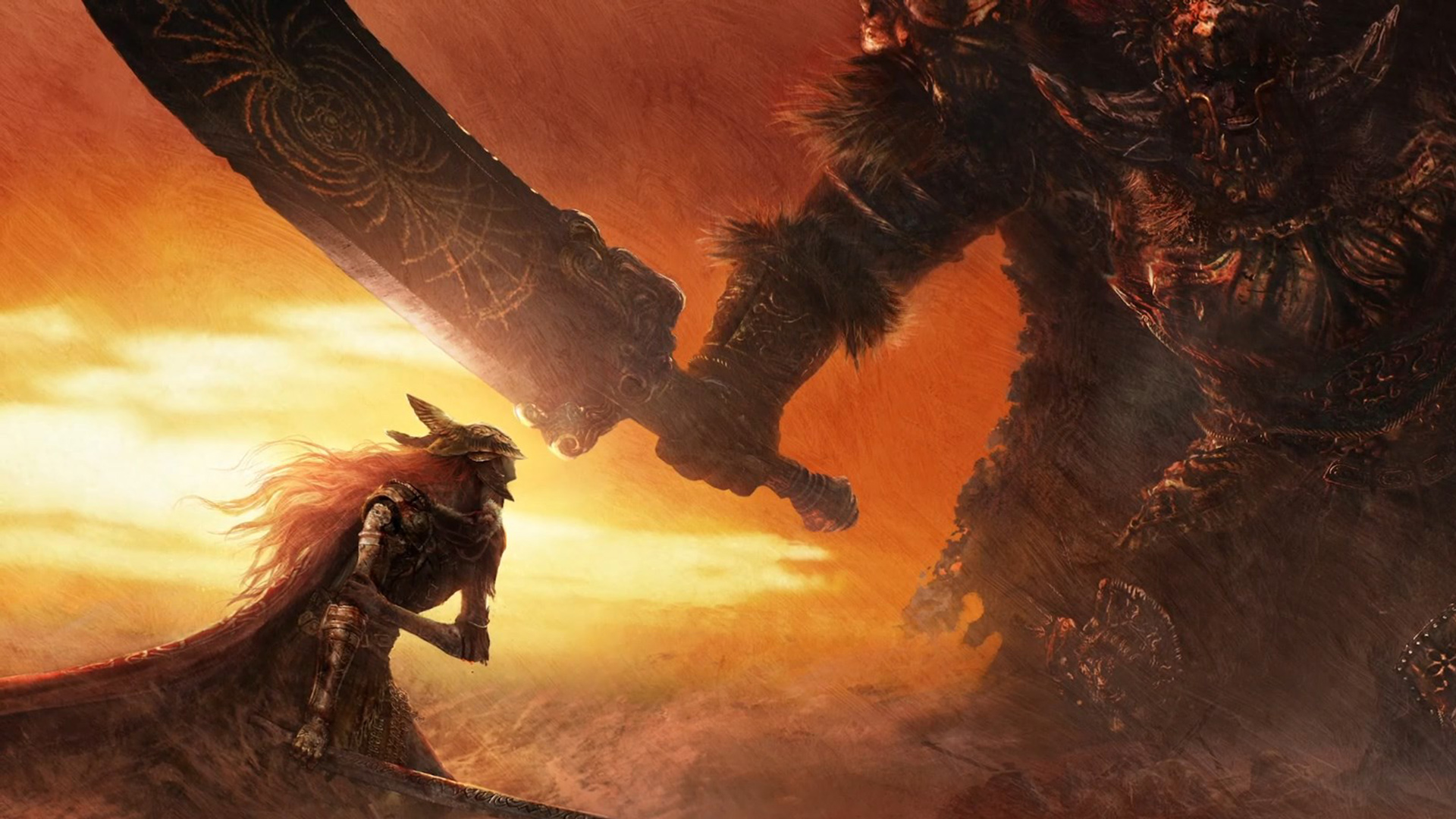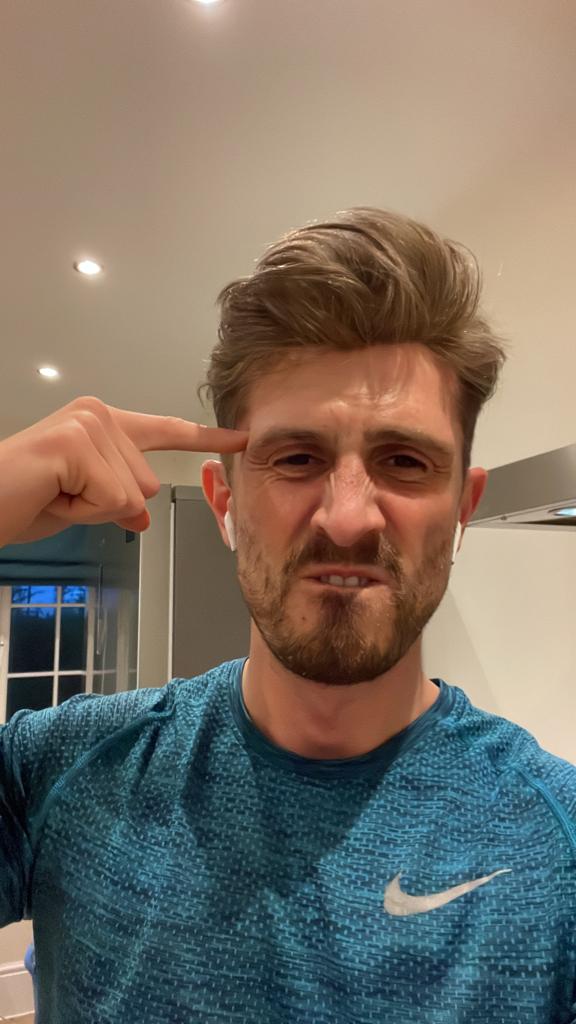Elden Ring one year later - is it still the best game FromSoftware ever made?
Olden ring

Let’s head any suspicions about this being a hit-piece off at the pass: Elden Ring is brilliant. The combat, always the jewel in the fetid crown of a FromSoft game, is precise, brutal, and fair. It’s a combat model that has you sitting and thinking about it long after you put down the controller.
It also works as an open-world game, which is a feat for the genre. The story begins with achingly beautiful illustrations and solemnly voiced nonsense about various dead kings. It is eked out in typically enigmatic fashion, hiding away in corners and revealing itself only to people who care about it. The boss battles are numerous, memorable, and masterfully designed.
Still, 94 on Metacritic. Ninety-four. When the original Dark Souls failed to break 90 on any platform. Not even the remaster. Could we possibly know such a vast game, and one that guards its mountain of secrets so closely, well enough to declare it the king of FromSofts so soon after launch?
For example, I liked its zero-handholding policy to open world design as much as everyone else on release. Elden Ring felt like a studio that had really listened to the player’s cumulative exhaustion from massive world maps full of filler content and icons. We all wanted to see more of this sort of thing. The Legend of Zelda: Breath of The Wild playbook, where the space is used to assemble memorable encounters and to give the player room to improvise and experiment. To muck about.
Worlds apart

What the fullness of time has revealed to me, however, is that I preferred Dark Souls’ cleverly disguised corridors. All three Souls games employ a hub area system, whereby larger maps connect by linear passages that don’t feel linear at all. When I play even the maligned Dark Souls 3 I feel as if I’ve picked a random direction to head off into and found a whole game waiting there. I might just as easily have turned left instead of right 40 hours ago and met a totally different string of landscapes and bosses – that’s the illusion.
In Elden Ring, you have to graft with the geography of the world to get anywhere. It’s like being a freelance cartographer, albeit one who constantly has to pull themselves away from their map to fight off another gaggle of Giant Land Octopi, massive bears, or Golem Warriors. I like the idea of that more than the reality. Because the reality is alt-tabbing between the game and a guide every five minutes.
Remember the Great Elevator of Dectus? That giant structure that gates the latter 60% or so of Elden Ring, and requires you to find two medallions from totally disparate locations to use it without communicating that to you at all? Like, at all? Yeah. Screw that fancy lift. I got stuck at that point of the game for hours before admitting defeat and alt-tabbing out to a guide, and I have absolutely no regrets about that because I’d never have found those two medallions otherwise.
Sign up for breaking news, reviews, opinion, top tech deals, and more.
In Elden Ring, you have to graft with the geography of the world to get anywhere
The Dectus elevator makes Elden Ring feel like a game caught between two design philosophies. It wants to be enigmatic and reward those people who pore over every inventory item and NPC dialogue line. But it also wants to convey this vast amount of space and freedom. And the result, in my case at least, was simply a feeling of being daunted, confused, and frustrated.
You could argue that this is a failing on my part, not the Elden Ring’s. You’d be right. But with a year’s hindsight and, in all likelihood, a few playthroughs under your belt, does Elden Ring’s world offer the same flow and wonderment of a Souls game? I found that it didn’t, even during the passages when I figured out where to go next on my own. Since the options were so vast and the critical path was so vague, I started thinking about it like a game – what am I leveled sufficiently for? Which encounters are optional and which are mandatory?
Bossed it

Elden Ring’s bosses, however, are a different story. Margit has already become legendary for his ruthless attack patterns, dizzying array of animations, and his knack for punishing you for doing Souls moves. And he’s the first mandatory boss. It’s a baptism of axe strikes, a boss fight that seems to know every move you’ve internalized in prior FromSoft titles and wants to punish you for using them. You wouldn’t call the encounter enjoyable, not by any definition, but you have to admire the design behind it.
Nobody can do visual design in boss encounters like Elden Ring
Nobody can do visual design in boss encounters like this, either. Renalla, Queen of the Full Moon, coos at you in a soothing motherly voice while her acolytes sit around in nightdresses, emitting gentle murmurs. All this is happening while she’s absolutely leathering you and her students are hurling books all over the place. It’s not the inherent look of these enemies that’s unsettling, but the dissonance. It has the look and feel of a place you’d tool up before taking on a boss fight, maybe learn a great narrative revelation or an ultimate ability in the confines of a friendly space. But no, this is the boss fight. It makes you feel like you’re the monster.
To reach Renalla, the (roughly) 12 other mandatory bosses, and over 100 more optional bosses, you’re realistically doing a lot of alt-tabbing out to guides. Somehow this felt less jarring in the more linear Souls games, because the questions you were googling were direct - ‘how to beat x’ and ‘how to get the y armour’ - but here you’re asking ‘where to go after beating x’ or ‘Elden Ring mandatory bosses order’.
One year after release, Elden Ring begs the question: is this game design as we actually want it, or did we appreciate the principles more than the reality? As it turns out, personally I’ve learned I like the confines to be a bit narrower.

Ad creative by day, wandering mystic of 90s gaming folklore by moonlight, freelance contributor Phil started writing about games during the late Byzantine Empire era. Since then he’s picked up bylines for The Guardian, Rolling Stone, IGN, USA Today, Eurogamer, PC Gamer, VG247, Edge, Gazetta Dello Sport, Computerbild, Rock Paper Shotgun, Official PlayStation Magazine, Official Xbox Magaine, CVG, Games Master, TrustedReviews, Green Man Gaming, and a few others but he doesn’t want to bore you with too many. Won a GMA once.